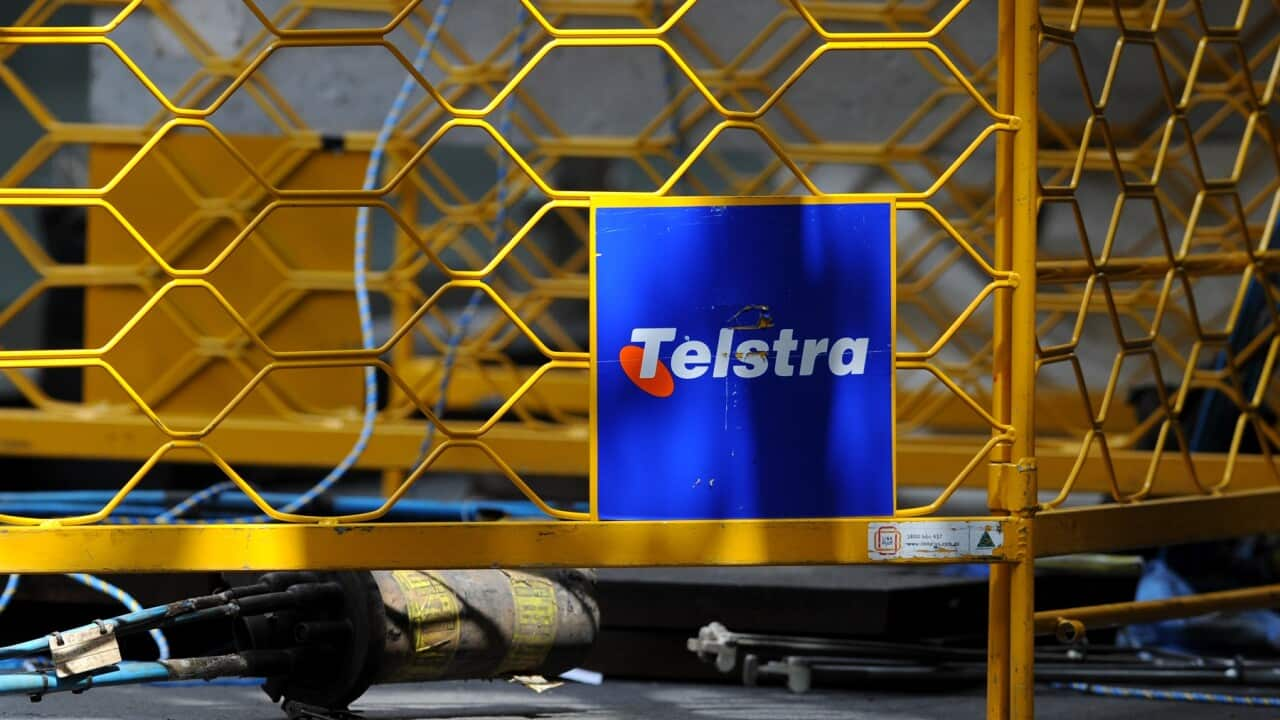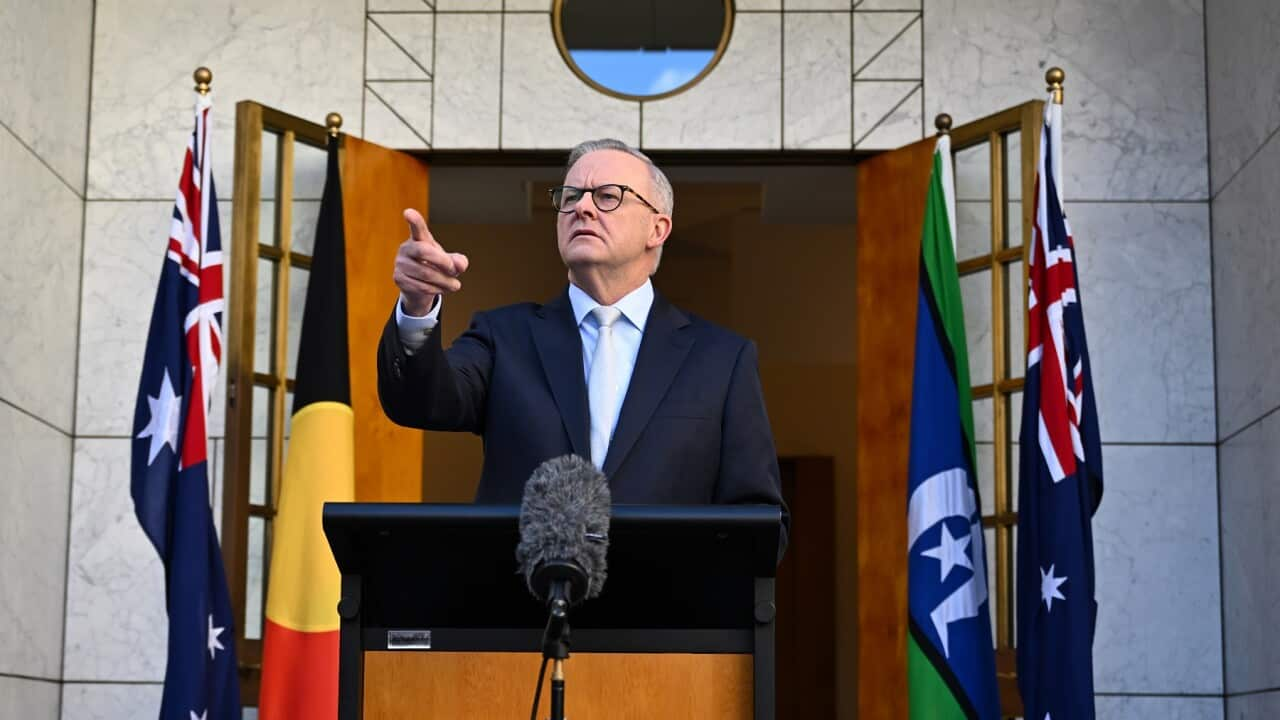TRANSCRIPT
The nation's 3G network is in its final months of operation, with Telstra switching off on August the 31st, after recently extending the shutoff deadline.
Optus is to shut down from September, while TPG Telecom/Vodafone started its closure in January.
Though the end of 3G has been flagged for years, the latest industry figures suggest there are more than half-a-million (530,000) Australians still using devices incompatible with the 4G and 5G networks.
Telecommunications and business consultant Paul Budde says the 3G network is shutting down because operators - like Telstra, Optus, and TPG - need more network efficiency.
"We see an increase in the use of mobile and on mobile, the use of video data, et cetera. And the new technologies, 4G and 5G, have a much more efficient use of the network. So in other words, Telstra Optus etc can crank much more calls and data that we use on mobile phones into the network using the more modern versions of the network. So it's in their interest to actually make the use of the 3G spectrum that they can use that for 4G and 5G rather than 3G. The network use is not efficient any more because of the changes in technology."
Both Telstra and Optus have launched a service for customers to check the status of their device by texting "3" to the number 3498.
Michael Marom is the Regional General Manager for Telstra Regional New South Wales.
He says Telstra is giving free handsets to eligible customers: those who are in difficult situations, experiencing financial hardship, living with a life-threatening medical condition or recovering from a natural disaster.
The other groups are people over 80 or those living in regional areas who may find it hard to visit a Telstra store to find out if they need to upgrade their device.
"So firstly, with regards to devices, we've looked at what people currently have in that customer cohort and as much as possible we are providing them with like-for-like: so if they have a big button phone, we're providing a big button phone or if it's a flip phone, we are doing our best to provide a flip phone; so they don't have a user experience that's dramatically different to what they're getting now. But the other thing of course is if they need help and they don't have a family member that they can provide them that, we would encourage them to come and see us at a Telstra store, contact us through telstra.com or in indeed contact us by phone. We think that's really important."
The telcos have been contacting affected customers and users about taking action.
There is a risk that people will not be able to contact emergency services if they do not upgrade their phones before the shutdown.
Users may not realise their phone is configured this way until 3G is switched off.
Graeme Hughes is from the Griffith Business School at Griffith University.
He says telcos and the federal government have not done enough to inform customers of the change.
"I really question whether the timing is right on this, especially with the cost of living crisis and people being able to afford to replace these items. It's going to put a lot of financial burden onto individuals who really can't afford to shell out some extra dollars for these devices. And I also think that it puts a lot of obligation onto the consumer to check those devices. And I don't think that the telcos have really done a good enough job in advising the consumers."
In May this year Optus executive Harvey Wright said the company had increased its efforts to keep users connected, launching a text service to inform those likely to be affected.
He also assured customers 3G will not be switched off where it is the only available network until 4G and 5G are made available.
Paul Budde says telcos have promised that regional areas with only 3G coverage are likely to experience an upgrade.
But there is unlikely to be any changes for areas with limited current coverage.
"Now there's one 'if' to that, and that is a situation that people know that if you stand on one leg on the top of the hill and turn your head to the right hand side, then you might get a mobile signal. So that sort of strange situations that you can get a signal where there are actually no signal. So that will always be a problem that if you're outside your official footprint of the mobile network, then sometimes you can be lucky and get a signal if you do some funny things and go to the other side of the house or stand on top of something. That is always a problem that might affect the situation. "
Other devices, such as security cameras, eftpos machines and tablets, are also likely to be affected.













